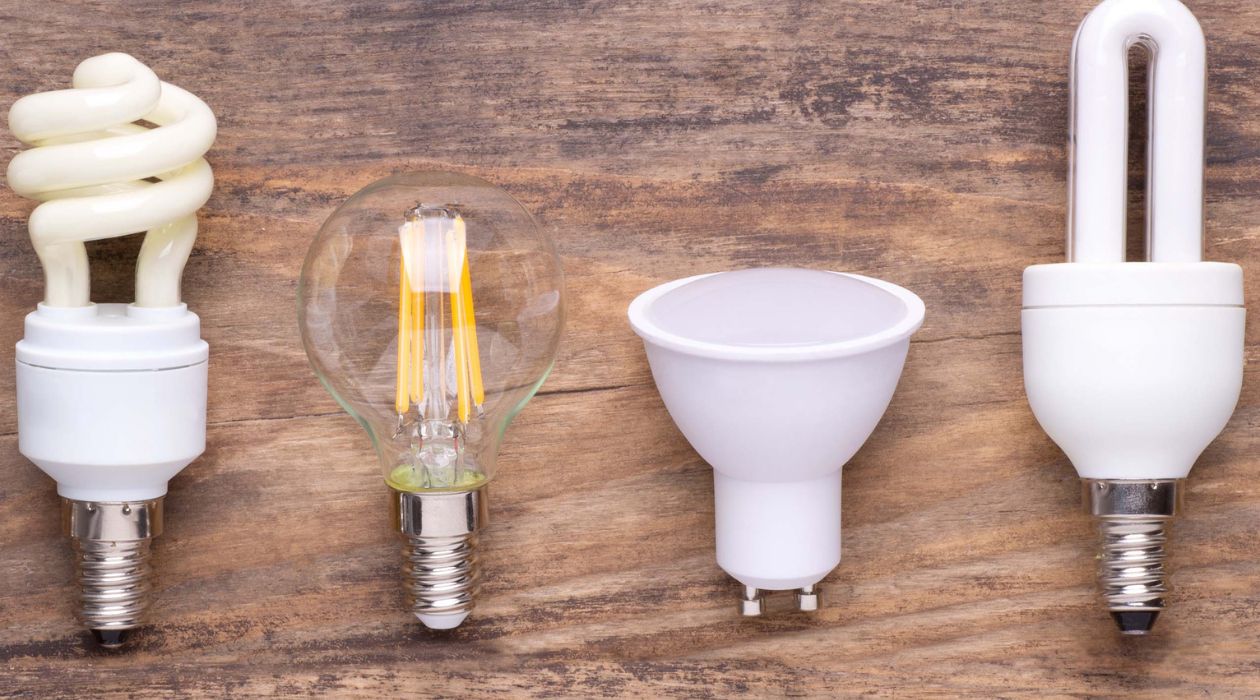

Articles
How To Know Which Light Bulb To Buy
Modified: January 22, 2024
Discover the best types of light bulbs to purchase for your needs with our informative articles. Find out which bulbs are the most energy-efficient and cost-effective for your home or office.
(Many of the links in this article redirect to a specific reviewed product. Your purchase of these products through affiliate links helps to generate commission for Storables.com, at no extra cost. Learn more)
Introduction
Choosing the right light bulb for your home or workspace may seem like a simple task, but with so many options available, it can actually be quite overwhelming. The type of light bulb you use can greatly impact the ambiance, functionality, and energy efficiency of your space. Therefore, it’s important to have a good understanding of the factors to consider when making your purchase.
In this article, we will explore the key factors you should take into account when deciding which light bulb to buy. From wattage and color temperature to lumens and energy efficiency, we’ll guide you through the process of selecting the perfect bulb for your needs. So, let’s dive in and shed some light on the subject!
Key Takeaways:
- When choosing light bulbs, consider factors such as color temperature, lumens, and energy efficiency to create the perfect ambiance and save on electricity bills. Opt for LED bulbs for long-lasting, cost-effective lighting solutions.
- Understanding wattage, dimmability, and lifespan of light bulbs can help you make informed decisions, reduce the frequency of replacements, and contribute to a more sustainable lifestyle. Consider long-term energy savings and potential rebates for an economical and environmentally conscious choice.
Read more: Which Light Bulb Is White
Factors to Consider
When it comes to choosing the right light bulb, there are several important factors to consider. Let’s take a closer look at each of these factors:
- Wattage: One of the first things to consider is the wattage of the light bulb. Wattage measures the amount of power consumed by the bulb. In general, higher wattage bulbs produce more light. However, with the introduction of energy-efficient bulbs, wattage is no longer the sole indicator of brightness. It’s important to consider other factors, such as lumens, which we will discuss shortly.
- Color Temperature: Color temperature refers to the appearance of light produced by the bulb. It is measured in kelvin (K) and can range from warm to cool. Warm light (around 2700K-3000K) creates a cozy and inviting atmosphere, making it suitable for living rooms and bedrooms. Cool light (around 5000K-6500K) mimics natural daylight and is ideal for task-oriented spaces like kitchens and offices. Consider the mood and functionality of the room when selecting the color temperature.
- Lumens: Lumens measure the brightness of a light bulb. Unlike wattage, where higher values generally indicate greater brightness, lumens provide a more accurate measurement. The higher the lumens, the brighter the light output. To determine the appropriate lumen level, consider the room size, purpose, and desired level of brightness. For example, a living room typically requires higher lumens compared to a hallway.
- Energy Efficiency: Energy-efficient light bulbs can help reduce your electricity bills and have a positive impact on the environment. Look for bulbs with the ENERGY STAR label, as they meet strict energy efficiency guidelines. LED (Light Emitting Diode) bulbs are highly energy-efficient and have a longer lifespan compared to traditional incandescent bulbs.
- Type of Bulb: There are various types of light bulbs available, including incandescent, halogen, fluorescent, and LED bulbs. Incandescent bulbs are the traditional choice but are being phased out due to their low energy efficiency. Halogen bulbs are more efficient and produce a bright, white light. Fluorescent bulbs are commonly used in commercial settings, while LED bulbs now dominate the market due to their energy efficiency, durability, and versatility.
- Dimmable or Non-Dimmable: Consider whether you need your light bulb to be compatible with a dimmer switch. Dimmable bulbs allow you to adjust the brightness level to create the desired ambiance. However, not all bulbs are dimmable, so be sure to check the packaging or bulb specifications before purchasing.
- Lifespan: The lifespan of a light bulb is an important consideration. LED bulbs typically have the longest lifespan, lasting up to 25,000 hours or more. Incandescent bulbs have a much shorter lifespan, averaging around 1,000 hours. Consider the frequency of use and the hassle of frequent bulb replacements when evaluating the lifespan of different bulb options.
- Cost: Lastly, consider the cost of the light bulb. While energy-efficient bulbs may have a higher upfront cost, they can save you money in the long run due to their lower energy consumption and longer lifespan. Compare the cost of different bulbs and evaluate their energy efficiency to make an informed decision.
By carefully considering these factors, you can make an informed decision when purchasing light bulbs that meet your specific needs and preferences. Now, let’s move on to the next section and delve deeper into each factor.
Wattage
When it comes to light bulbs, wattage is a common term that describes the amount of power consumed by the bulb. In the past, people used to rely heavily on wattage as an indicator of brightness. However, with the introduction of energy-efficient bulbs, wattage no longer solely determines the level of brightness.
Instead of focusing solely on wattage, it’s important to consider other factors such as lumens, which provide a more accurate measurement of brightness. Lumens measure the actual amount of light emitted by a bulb, while wattage indicates how much energy the bulb consumes.
For instance, a traditional incandescent bulb might have a wattage of 60 watts, but it produces around 800 lumens. On the other hand, an LED bulb with a wattage of 10 watts can produce the same amount of light or even more lumens. This means that you can achieve the same level of brightness with a lower wattage bulb, resulting in energy savings and reduced electricity costs.
When choosing the appropriate wattage for your light bulb, consider the purpose and size of the room. Rooms that require brighter light, such as kitchens or workspaces, may need higher wattage bulbs. On the other hand, areas like bedrooms or living rooms might benefit from softer and dimmer lighting, allowing for a more relaxed and cozy atmosphere.
It’s important to note that wattage can also be influenced by the type of bulb you choose. Traditional incandescent bulbs are being phased out and replaced with more energy-efficient options such as LED or compact fluorescent bulbs. These bulbs can provide the same or even better brightness with much lower wattages, making them a more sustainable choice.
By considering wattage alongside other factors like lumens and energy efficiency, you can select the right light bulb that fits your lighting needs, saves energy, and reduces your carbon footprint.
Color Temperature
Color temperature is an important consideration when choosing a light bulb as it directly impacts the mood and ambiance of a space. It refers to the appearance of light produced by the bulb and is measured in Kelvin (K). Understanding color temperature can help you create the desired atmosphere in each room of your home or workspace.
Light bulbs are available in a range of color temperatures, from warm to cool. Warm light, typically around 2700K-3000K, emits a cozy and inviting glow similar to candlelight, making it ideal for areas such as bedrooms, living rooms, or restaurants where a comfortable and relaxed ambiance is desired. Warm light creates a welcoming and intimate atmosphere, perfect for unwinding or engaging in conversations.
On the other end of the spectrum, cool light has a higher color temperature, usually ranging from 5000K-6500K. This type of light mimics natural daylight and is often referred to as “daylight” or “cool white” light. Cool light is bright, vibrant, and energizing, making it suitable for spaces where tasks or detailed work is performed, such as kitchens, offices, or workshops.
When considering the color temperature, think about the function of the space and the mood or feel you want to achieve. For example, a warm color temperature is relaxing and soothing, making it great for a bedroom or a cozy reading nook. In contrast, a cool color temperature is more stimulating and helps promote focus and productivity, making it ideal for areas where you need to be alert and attentive.
It’s important to note that color temperature can also affect how colors appear in a room. Warmer light tends to enhance warm tones like reds and yellows, while cooler light brings out cooler tones such as blues and greens. Consider the color schemes and furnishings in your space when selecting the color temperature to ensure harmony and cohesiveness.
By understanding the concept of color temperature and considering the function and mood of each room, you can choose light bulbs that create the desired ambiance and complement the overall design aesthetic of your space.
Lumens
When it comes to choosing the right light bulb, lumens play a crucial role in determining the brightness of the bulb. Unlike wattage, which measures the amount of power consumed by a bulb, lumens measure the actual amount of light emitted by the bulb. In simple terms, lumens indicate how bright a light bulb is.
The higher the number of lumens, the brighter the light output. For example, a light bulb with 800 lumens will be significantly brighter than a bulb with 400 lumens. This makes lumens a more accurate measure of brightness compared to wattage.
When selecting light bulbs, consider the purpose and location of the lighting. Different rooms require different levels of brightness. For example, a workspace or kitchen may need a higher lumen output to provide ample lighting for tasks and activities. On the other hand, a bedroom may require softer and more subdued lighting with lower lumen levels to create a relaxing atmosphere.
It’s important to note that lumens should be considered in conjunction with color temperature. While lumens determine the brightness, color temperature influences the tone and ambiance of the light. For instance, a bulb with high lumens and a cool color temperature (e.g., daylight bulbs) will provide bright and crisp lighting for tasks that require focus.
Understanding the lumens required for specific areas or tasks can help you make informed decisions when purchasing light bulbs. Consider the size of the room, the purpose of the lighting, and any specific requirements for activities that will be carried out in that space.
Another aspect to consider is the availability of dimmable bulbs. Dimmable light bulbs allow you to adjust the brightness level, allowing for greater flexibility in creating different atmospheres. Dimming the lights can be especially beneficial in areas such as living rooms or dining rooms, where you may want to create a softer and more intimate setting for relaxation or entertaining.
By taking into account the desired brightness level, usage requirements, and the availability of dimmable options, you can choose light bulbs with the appropriate lumen output to ensure optimal lighting for each space in your home or office.
Read more: How To Know What Watt Light Bulb To Use
Energy Efficiency
Energy efficiency is a crucial factor to consider when choosing light bulbs. Not only does it impact your electricity bills, but it also plays a significant role in reducing the environmental impact of your lighting choices.
Energy-efficient light bulbs are designed to consume less energy while providing the same or even better brightness compared to traditional incandescent bulbs. By opting for energy-efficient options, you can save money on your electricity bills and contribute to a greener future.
One of the most popular and energy-efficient choices available today is LED (Light Emitting Diode) bulbs. LED bulbs use significantly less energy, making them more cost-effective in the long run. On average, LED bulbs consume about 80% less energy than traditional incandescent bulbs and have a lifespan of up to 25,000 hours or more.
LEDs also emit less heat compared to incandescent bulbs, which means they are more efficient at converting energy into light rather than wasting it as heat. This not only makes them more energy-efficient but also safer to use.
Another energy-efficient option to consider is compact fluorescent bulbs (CFLs). While not as efficient as LEDs, CFLs still offer significant energy savings compared to incandescent bulbs. They can provide similar brightness levels while using about 75% less energy and lasting up to 10,000 hours.
When shopping for energy-efficient bulbs, look for the ENERGY STAR label. ENERGY STAR certified bulbs meet strict guidelines for energy efficiency set by the U.S. Environmental Protection Agency (EPA). This certification ensures that the bulb has been tested and proven to provide energy savings without compromising on performance or quality.
By choosing energy-efficient light bulbs, you not only save money in the long run but also reduce your carbon footprint. The collective impact of using energy-efficient lighting options can have a significant positive effect on the environment, helping to conserve energy resources and reduce greenhouse gas emissions.
So, make the switch to energy-efficient bulbs and contribute to a more sustainable future!
Look for the lumens, not the watts. Lumens measure the brightness of the bulb, while watts measure the energy it uses. Choose the right lumens for your space.
Type of Bulb
When it comes to selecting the right light bulb, it’s essential to consider the different types available in the market. Each type of bulb has its own characteristics, advantages, and ideal applications. Let’s explore the most common types:
- Incandescent Bulbs: Incandescent bulbs are the traditional choice that most people are familiar with. They work by passing an electric current through a wire filament, which then produces light. However, incandescent bulbs are not very energy-efficient. They have a shorter lifespan and consume more power compared to other types of bulbs. As a result, they are being phased out in many countries.
- Halogen Bulbs: Halogen bulbs are similar to incandescent bulbs but offer a higher level of energy efficiency. They produce bright, white light and are commonly used in spotlights and task lighting. Halogen bulbs are more durable and have a longer lifespan compared to incandescent bulbs. However, they still consume more energy compared to LED or CFL bulbs.
- Fluorescent Bulbs: Fluorescent bulbs use a gas and a small amount of mercury vapor to create ultraviolet (UV) light. The UV light then interacts with the phosphor coating inside the bulb to produce visible light. Fluorescent bulbs are popular in commercial settings, such as offices and retail spaces, due to their energy efficiency and long lifespan. They are available in different sizes and shapes, including linear tubes and compact fluorescent lamps (CFLs).
- LED Bulbs: LED (Light Emitting Diode) bulbs are highly energy-efficient and have become increasingly popular in recent years. LED technology converts electrical energy into light more efficiently compared to other types of bulbs. They use a semiconductor chip to emit light when an electric current is applied. LED bulbs offer a long lifespan, low energy consumption, and a range of color temperatures. They are versatile and suitable for various applications, including residential, commercial, and outdoor lighting.
LED bulbs have rapidly become the preferred choice for most consumers due to their many advantages. They have a significantly longer lifespan, consume less energy, produce less heat, and are available in various shapes and sizes to fit different fixtures. While LED bulbs may have a higher upfront cost, their energy savings and durability make them a cost-effective and long-term investment.
When selecting the type of bulb, consider the specific requirements of the space, the desired level of energy efficiency, and the functionality you need from the lighting. Evaluate factors such as brightness, color temperature, and dimmability to ensure the chosen bulb meets your needs and preferences.
By understanding the different types of bulbs available and their respective benefits, you can make an informed decision and select the most suitable option for your lighting needs.
Dimmable or Non-Dimmable
When choosing a light bulb, an important consideration is whether you need a dimmable or non-dimmable bulb. Dimming capabilities allow you to adjust the brightness level of the bulb, offering more flexibility in creating different lighting atmospheres.
Dimmable bulbs are equipped with special technology that allows them to adjust their light output when used with a compatible dimmer switch. This gives you control over the ambiance of a space, allowing you to create a cozy and intimate setting or a brightly lit environment, depending on your preferences and needs.
Dimmable bulbs are particularly useful in areas where you want to have more control over the lighting, such as living rooms, dining rooms, or bedrooms. They provide the flexibility to set the mood for different occasions – from relaxing evenings to vibrant gatherings.
However, it’s important to note that not all bulbs are dimmable. Non-dimmable bulbs are designed to provide a fixed level of brightness, and attempting to dim them using a dimmer switch can result in flickering or reduced lifespan. Non-dimmable bulbs are suitable for areas where consistent and steady lighting is desired, such as hallways, closets, or outdoor spaces.
Before purchasing a bulb, be sure to check the packaging or bulb specifications to determine if it is dimmable or non-dimmable based on your specific needs. Additionally, ensure that your current lighting fixtures and dimmer switches are compatible with dimmable bulbs. Some older dimmer switches may not be compatible with certain types of dimmable bulbs, so it’s important to verify compatibility to avoid any issues.
If you decide to install dimmable bulbs, consider the wattage and compatibility of the dimmer switch. Some bulbs may require specific dimmer switches, especially for LED bulbs, as not all dimmers are designed to work with low-wattage LED lights. Consult a lighting professional or refer to the bulb manufacturer’s recommendations for the best results.
Dimmable bulbs offer greater control over your lighting and can enhance the overall ambiance of a space, providing versatility and flexibility to accommodate different activities and moods. Whether you opt for dimmable or non-dimmable bulbs, understanding your lighting needs and the desired level of control will help you make the right choice.
Lifespan
When selecting a light bulb, considering the lifespan of the bulb is essential. The lifespan refers to the estimated number of hours that a bulb will operate before it needs to be replaced. Understanding the lifespan of a bulb can help you make a more informed decision and avoid the hassle of frequent bulb replacements.
The lifespan of a bulb can vary depending on the type of bulb you choose. Traditional incandescent bulbs have the shortest lifespan, typically lasting around 1,000 hours. This means they may need to be replaced every few months, depending on usage. Incandescent bulbs are gradually being phased out due to their low energy efficiency and shorter lifespan.
On the other hand, energy-efficient bulbs such as LED and compact fluorescent bulbs (CFLs) have significantly longer lifespans. LED bulbs, in particular, are known for their impressive longevity. They can last up to 25,000 hours or more, which translates to several years of use. CFL bulbs also offer a longer lifespan compared to incandescent bulbs, typically lasting between 8,000 to 10,000 hours.
When considering the lifespan of a bulb, it’s important to assess your specific lighting needs and usage patterns. If a light fixture is frequently used, such as in a kitchen or office, opting for a bulb with a longer lifespan can help reduce the frequency of replacements. This not only saves you time and effort but also reduces waste and contributes to a more sustainable lifestyle.
However, it’s worth noting that the lifespan of a bulb can be affected by various factors such as the quality of the bulb, the operating conditions, and the frequency of switching the bulb on and off. It’s always a good idea to refer to the manufacturer’s specifications and recommendations regarding the expected lifespan of a particular bulb.
By choosing bulbs with longer lifespans, you can enjoy reliable and long-lasting lighting, minimize the need for replacements, and make more sustainable choices for your home or workspace.
Cost
The cost of a light bulb is an important factor to consider when making a purchasing decision. While it may be tempting to simply opt for the cheapest option available, it’s essential to consider the long-term costs and benefits of different types of bulbs.
Traditional incandescent bulbs are typically the least expensive upfront, but they have shorter lifespans and higher energy consumption, which can result in higher electricity bills and more frequent bulb replacements. This can make them more expensive in the long run.
Energy-efficient bulbs, such as LED and compact fluorescent bulbs (CFLs), may have a higher upfront cost compared to incandescent bulbs. However, they offer significant energy savings and longer lifespans, resulting in cost savings over time. LED bulbs, in particular, are highly efficient and can last for many years, potentially paying for themselves through energy savings and reduced replacement costs.
When calculating the cost of a bulb, it’s important to consider both the initial purchase price and the long-term energy savings. Energy-efficient bulbs consume less electricity, reducing your monthly energy bills. They also have longer lifespans, which means you won’t have to replace them as frequently, saving you money on replacements.
Additionally, consider any potential rebates or incentives for choosing energy-efficient bulbs. Many utility companies and government programs offer rebates and incentives to encourage the use of energy-efficient lighting. These incentives can help offset the initial cost and further enhance your cost savings.
When comparing the cost of different bulbs, it’s also important to consider the quality and reliability of the bulb. Cheaper bulbs may be more prone to failure or offer lower light quality, which can impact your overall satisfaction and may require additional replacements.
Ultimately, the cost of a light bulb should be evaluated in combination with its energy efficiency, lifespan, and overall quality. It’s worth investing a little more upfront for an energy-efficient bulb that will save you money in the long run and provide reliable, high-quality lighting.
By weighing the upfront cost against long-term energy savings and considering potential rebates or incentives, you can make an informed decision that balances affordability and efficiency.
Conclusion
Choosing the right light bulb may seem like a simple task, but considering the various factors can help you make an informed decision that enhances the overall lighting experience in your home or workspace. From wattage and color temperature to lumens and energy efficiency, each factor plays a crucial role in determining the right bulb for your needs.
By understanding the importance of wattage, you can select a bulb that provides the desired level of brightness while taking energy consumption into account. Color temperature helps create the desired ambiance and mood, whether it’s a warm and cozy setting or a bright and invigorating environment.
Lumens provide an accurate measure of brightness, allowing you to choose bulbs that suit the size and purpose of each room. Energy efficiency is vital in reducing energy consumption, saving money on electricity bills, and reducing your carbon footprint. Opting for energy-efficient bulbs like LEDs can provide long-lasting, cost-effective lighting solutions.
Considering the type of bulb, such as incandescent, halogen, fluorescent, or LED, can help determine its specific advantages and applications. Understanding whether you need dimmable or non-dimmable bulbs provides flexibility in adjusting the lighting to suit different occasions.
Another important factor to consider is the lifespan of the bulb. Choosing bulbs with longer lifespans can reduce the frequency of replacements and contribute to a more sustainable lifestyle. Lastly, evaluating the cost in terms of upfront price, long-term energy savings, and potential rebates or incentives can help make an economical and environmentally conscious decision.
By taking all these factors into consideration, you can select the right light bulbs that meet your lighting needs, enhance the ambiance of your space, and save energy and money in the long run.
So, the next time you’re shopping for light bulbs, remember to think beyond just the basic functionalities and consider the various factors discussed in this article. Take your time, assess your lighting requirements, and make an informed choice that will illuminate your space in the best possible way.
Frequently Asked Questions about How To Know Which Light Bulb To Buy
Was this page helpful?
At Storables.com, we guarantee accurate and reliable information. Our content, validated by Expert Board Contributors, is crafted following stringent Editorial Policies. We're committed to providing you with well-researched, expert-backed insights for all your informational needs.
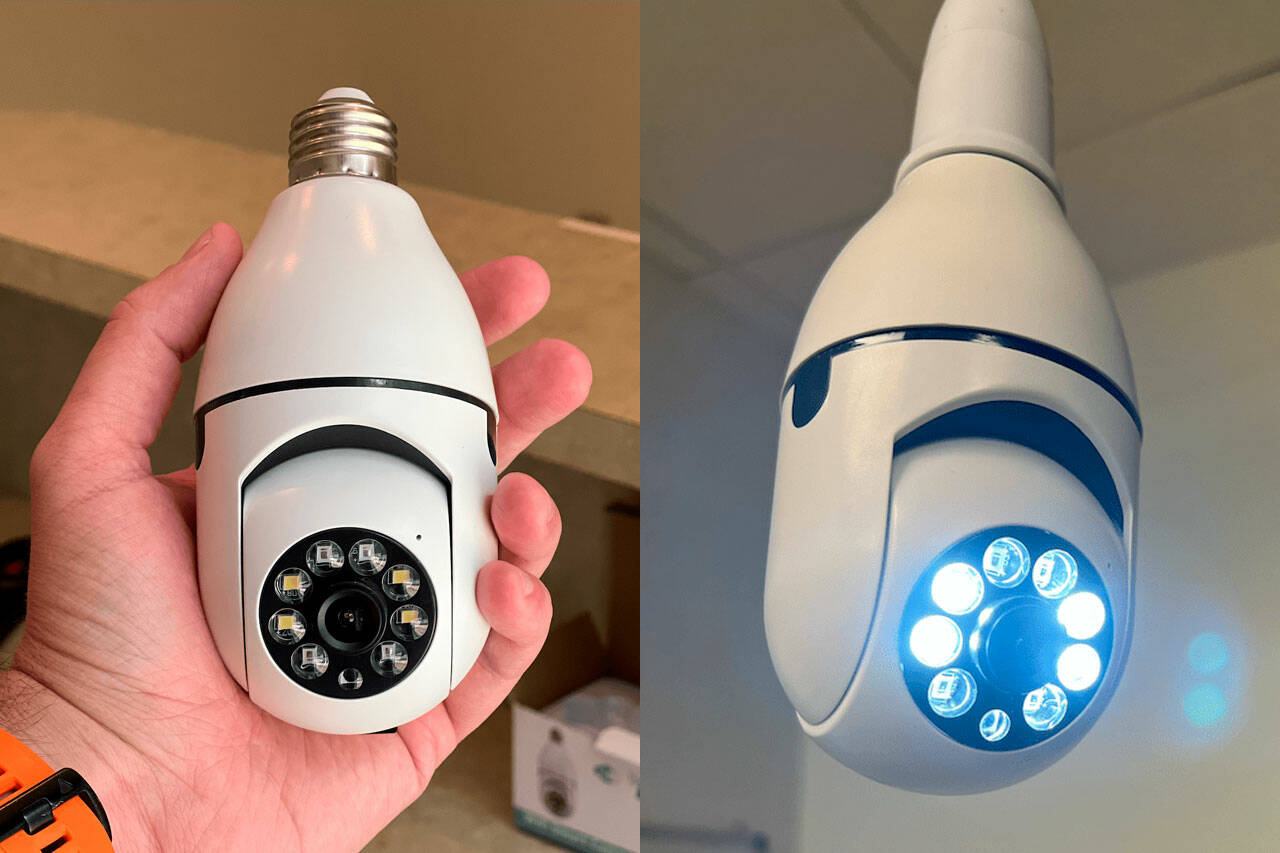
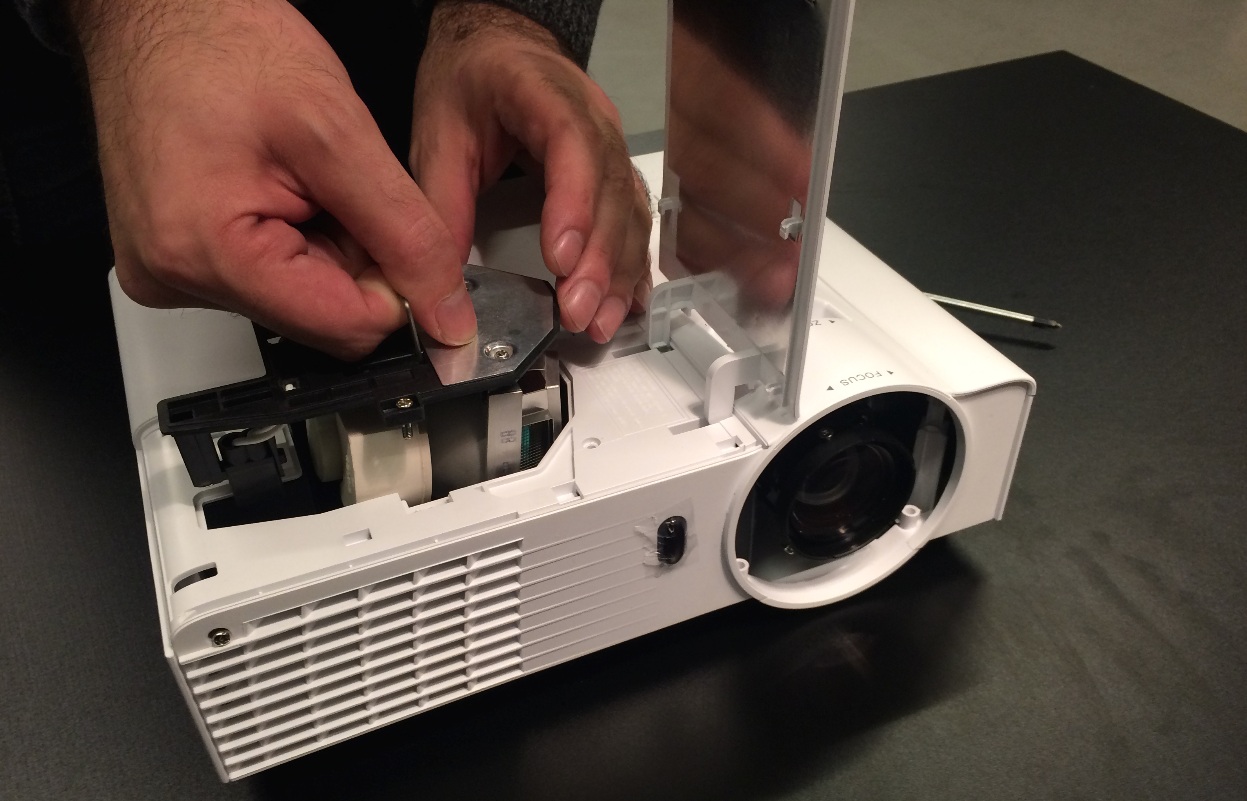
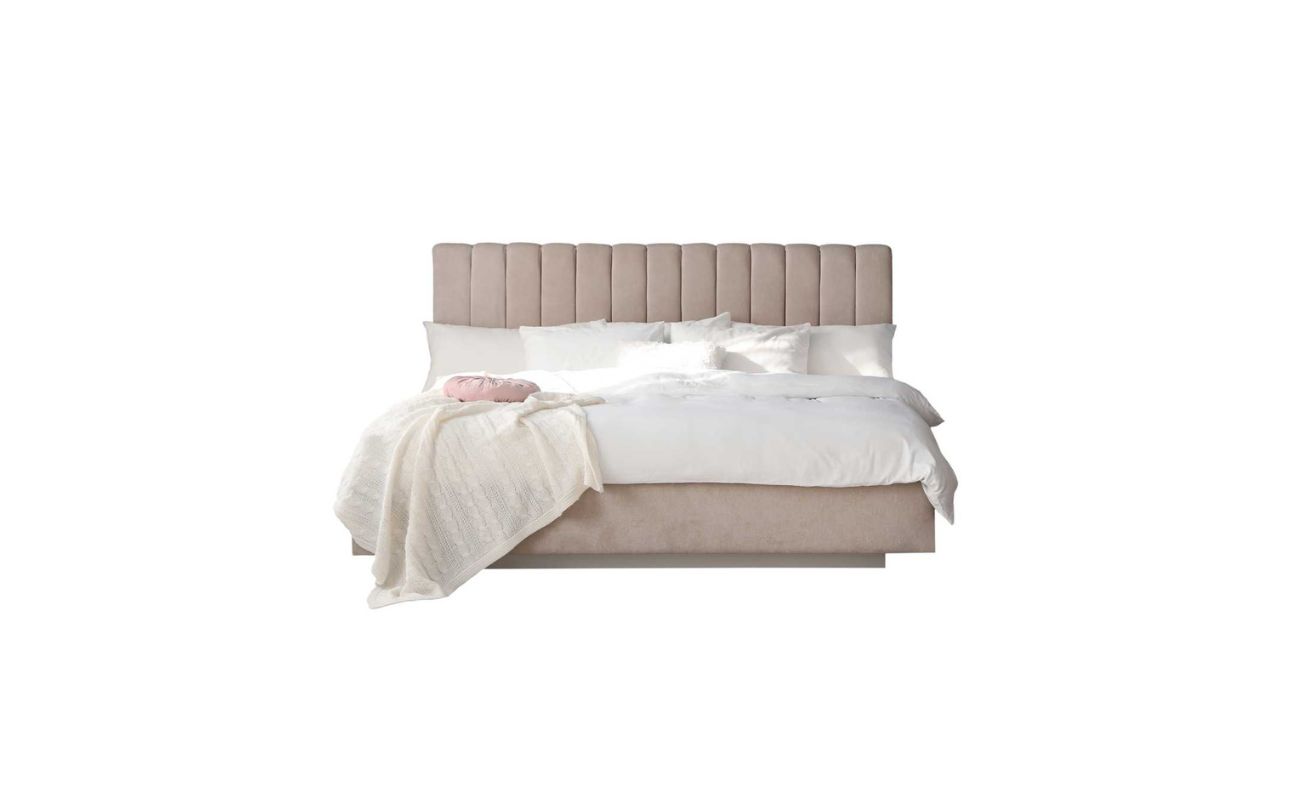

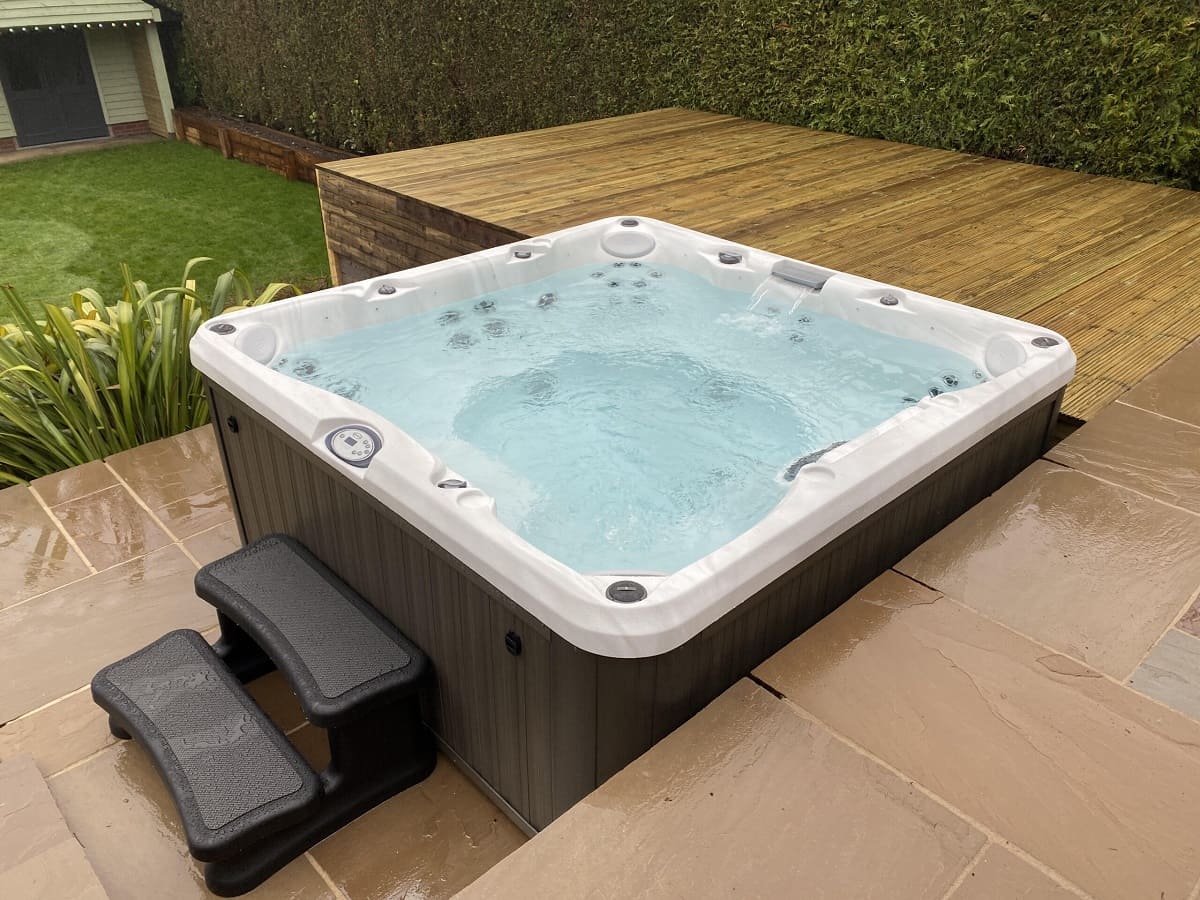
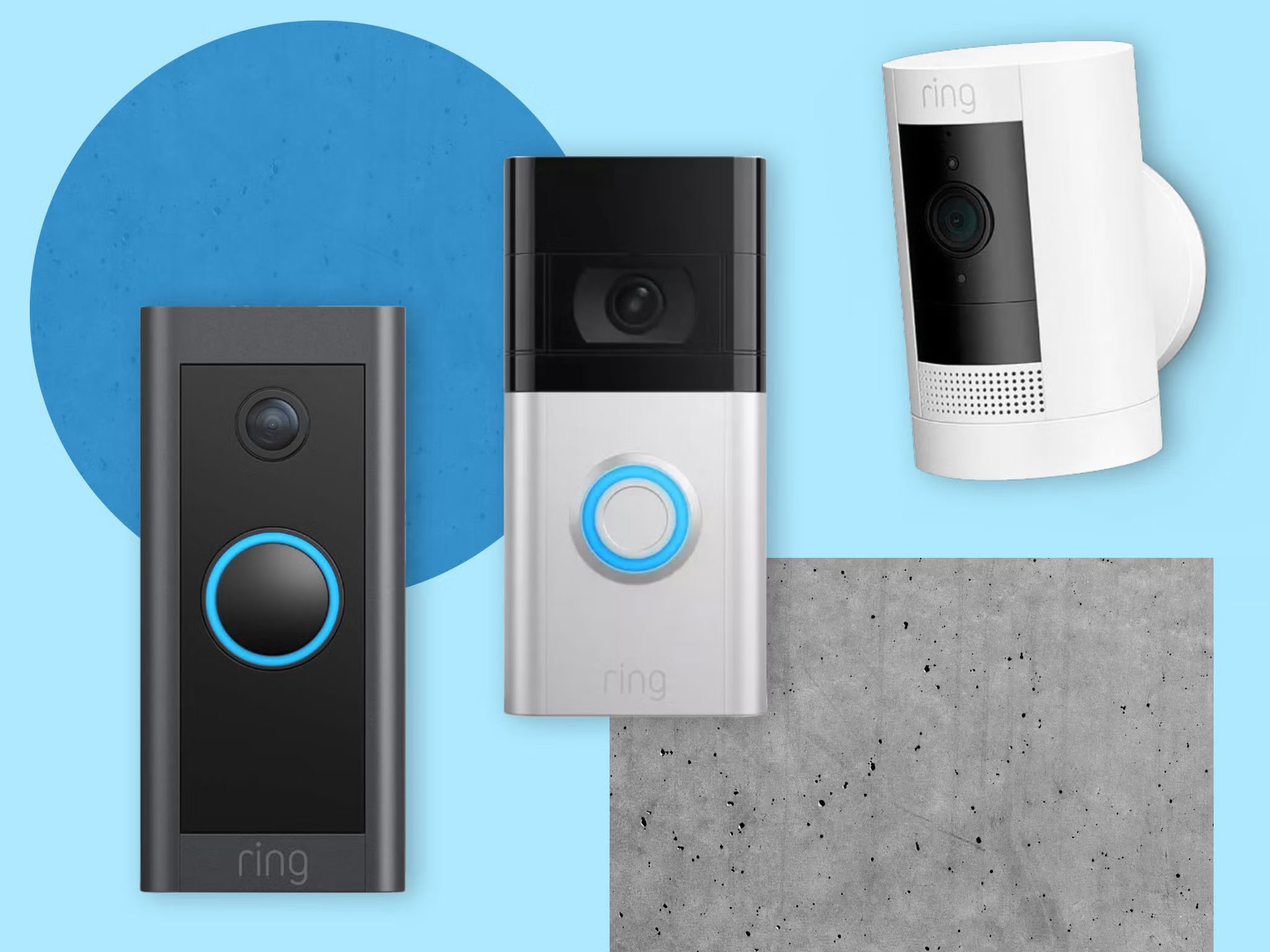
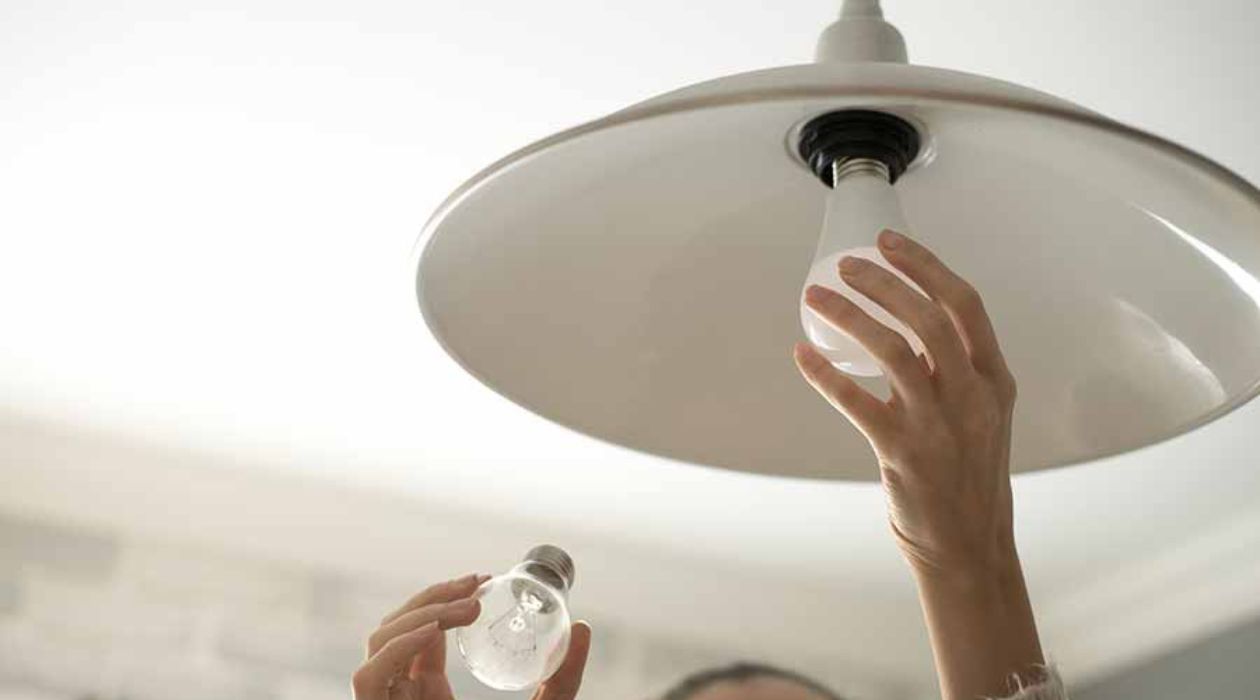
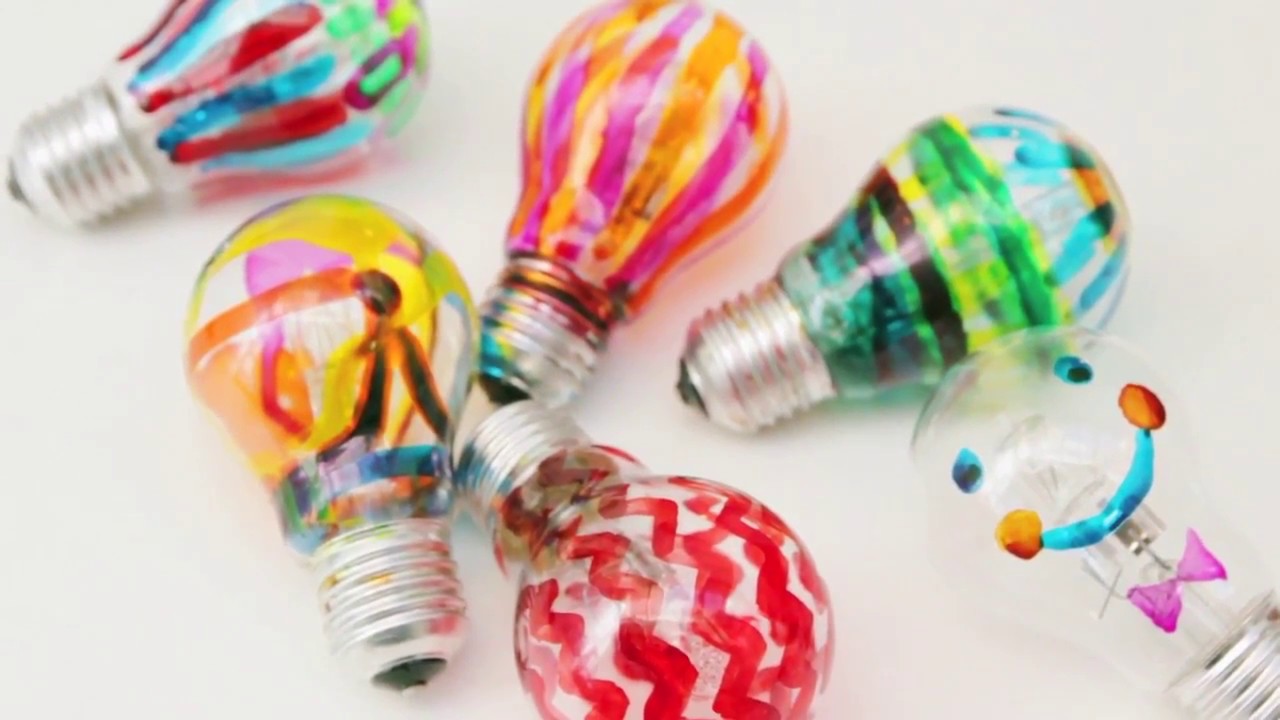
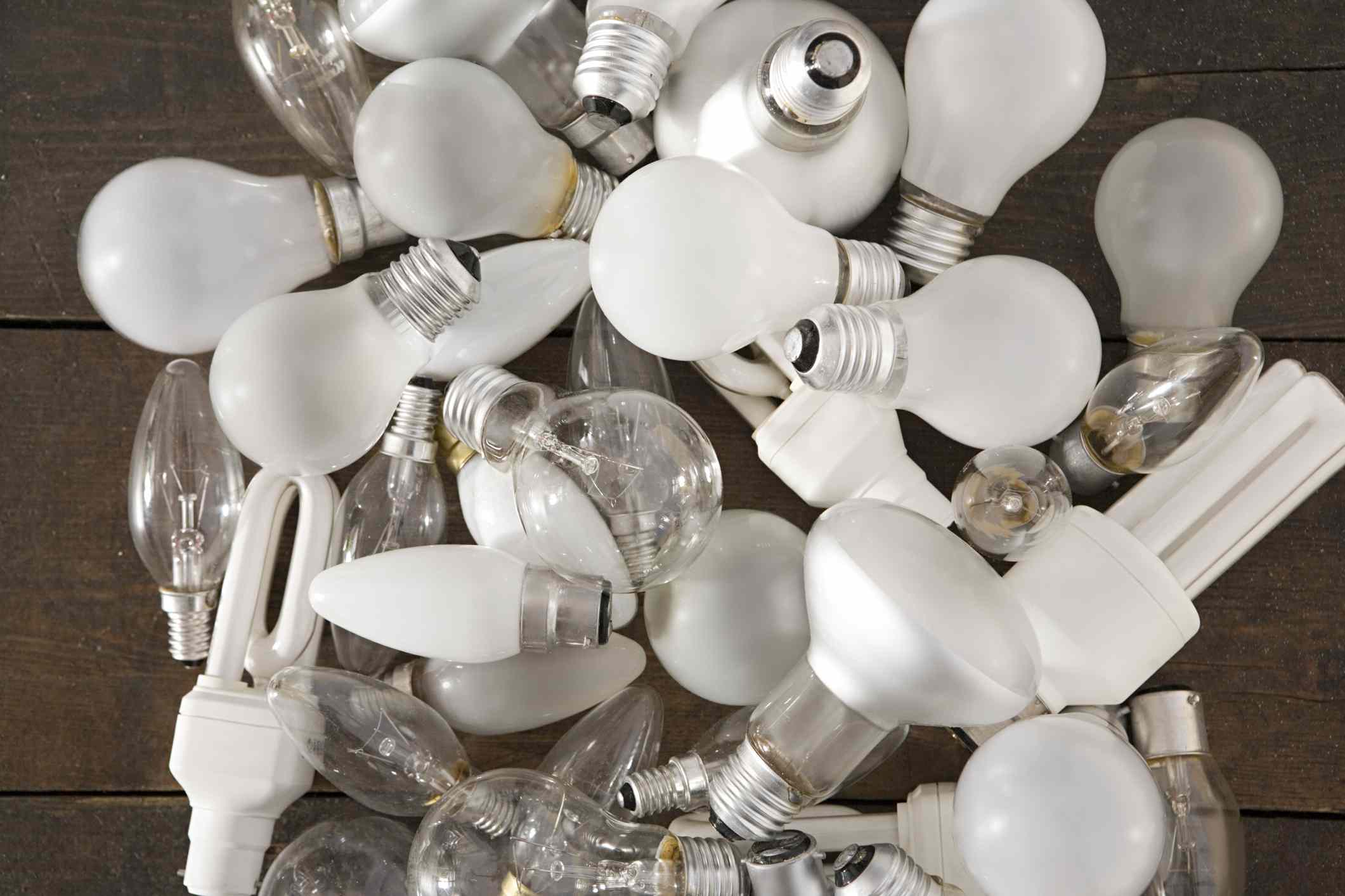
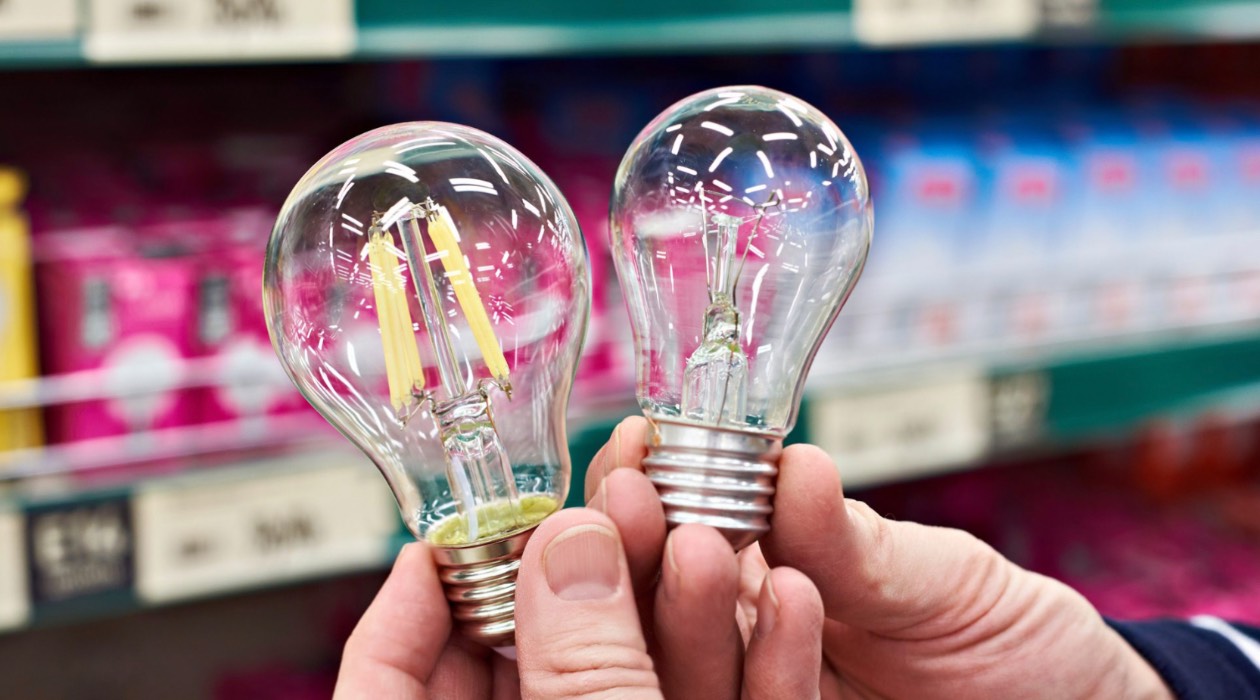
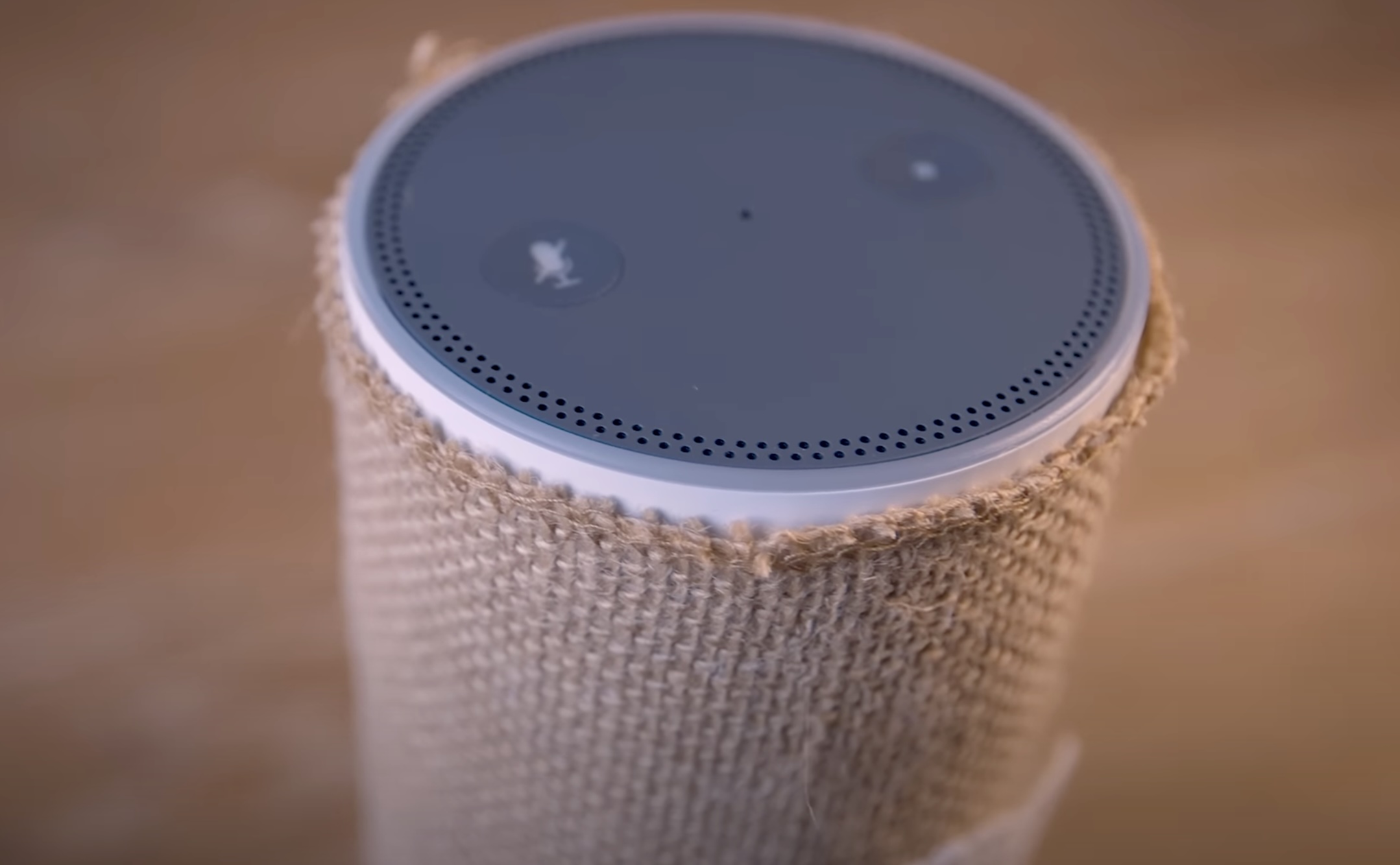



0 thoughts on “How To Know Which Light Bulb To Buy”